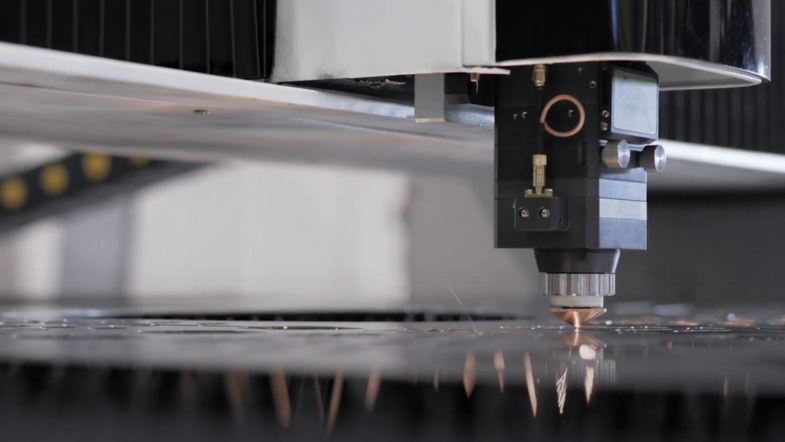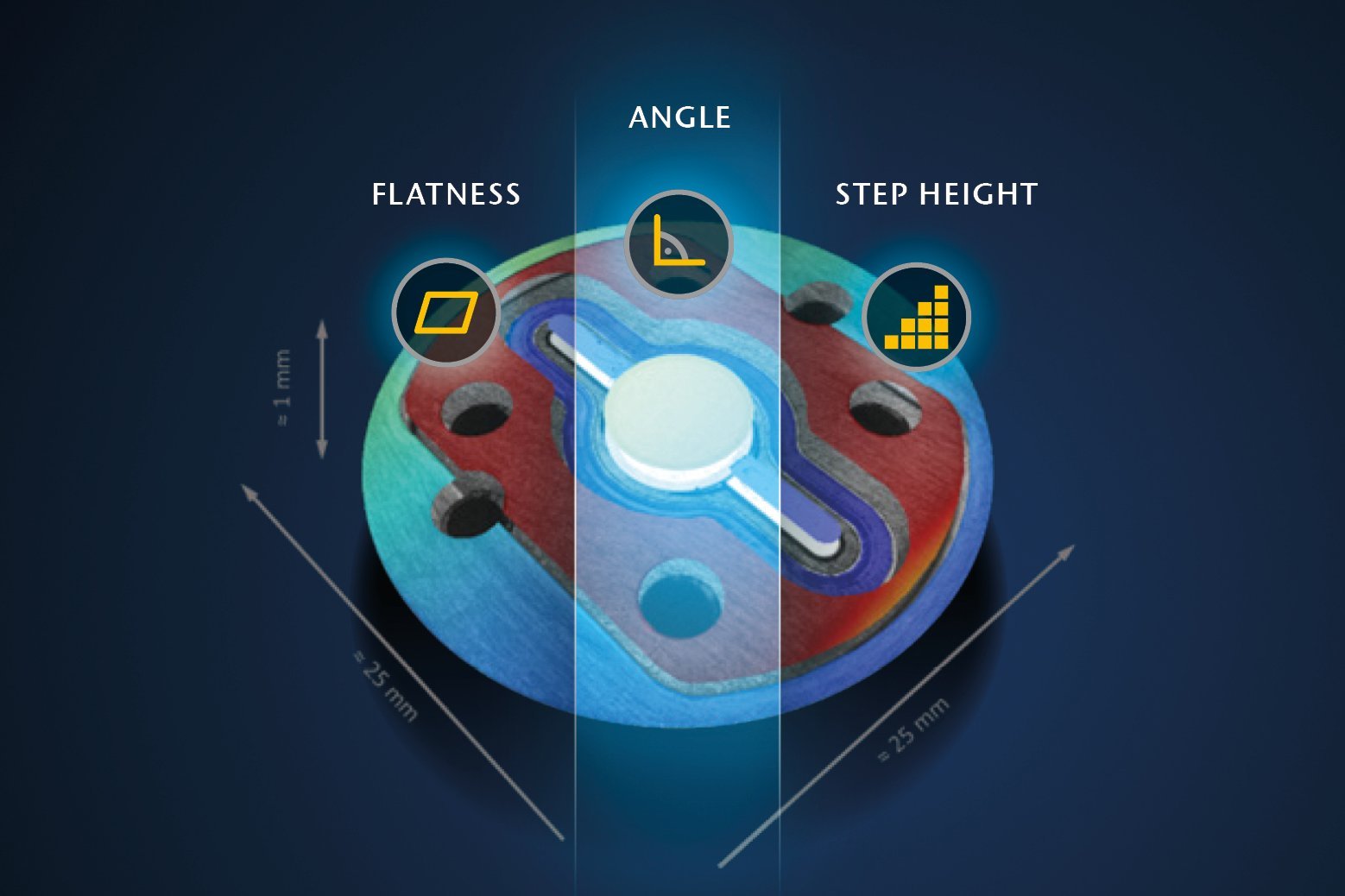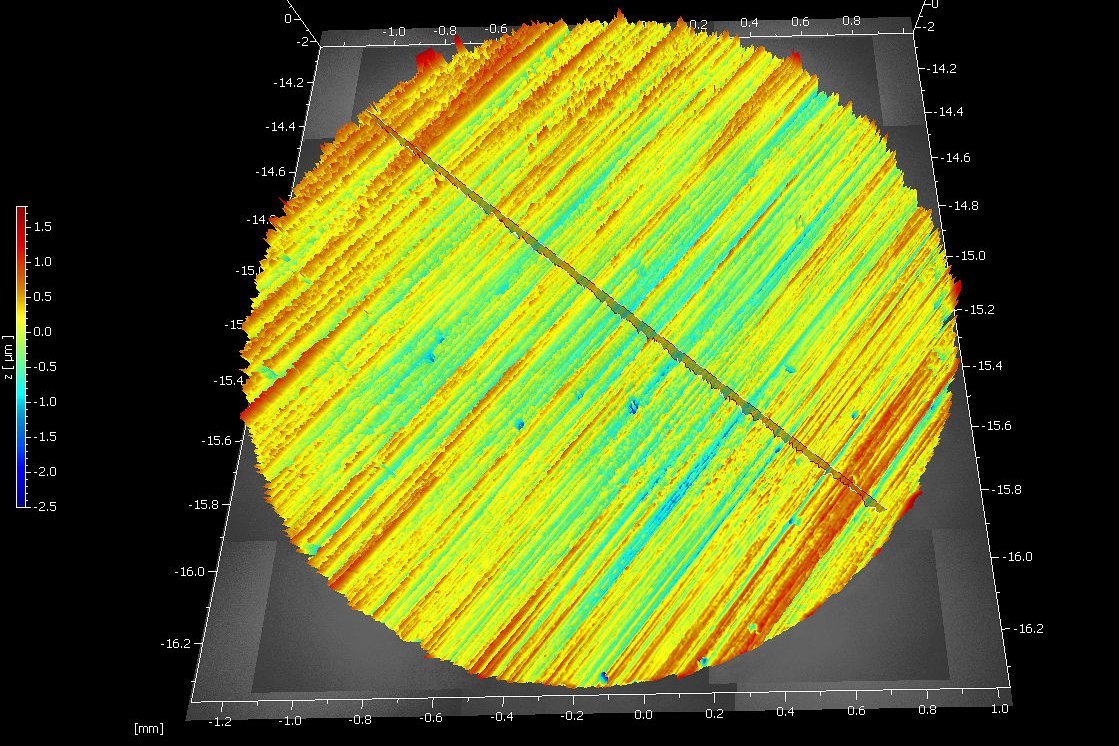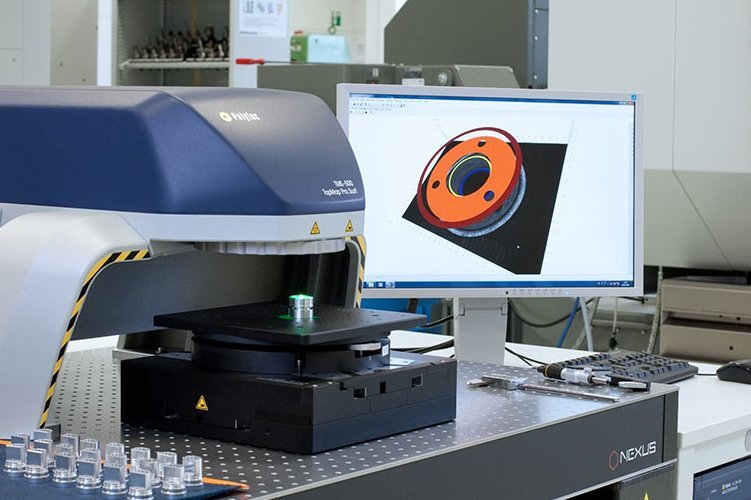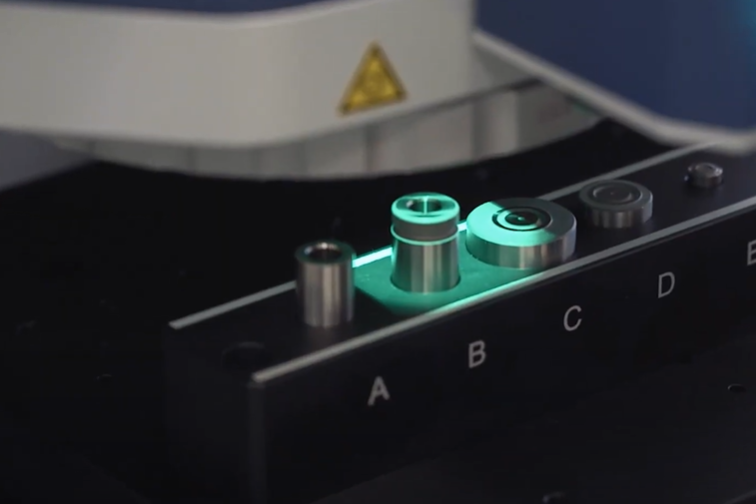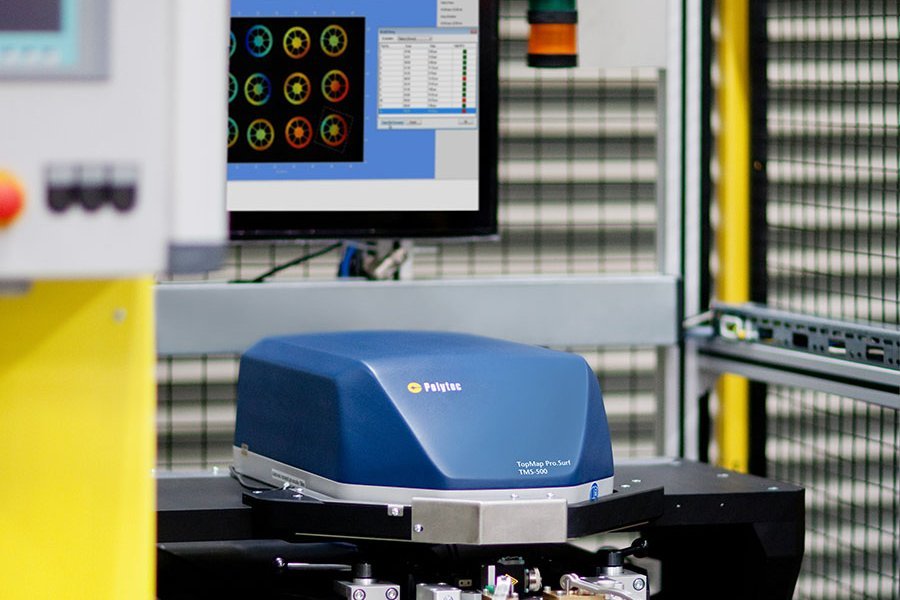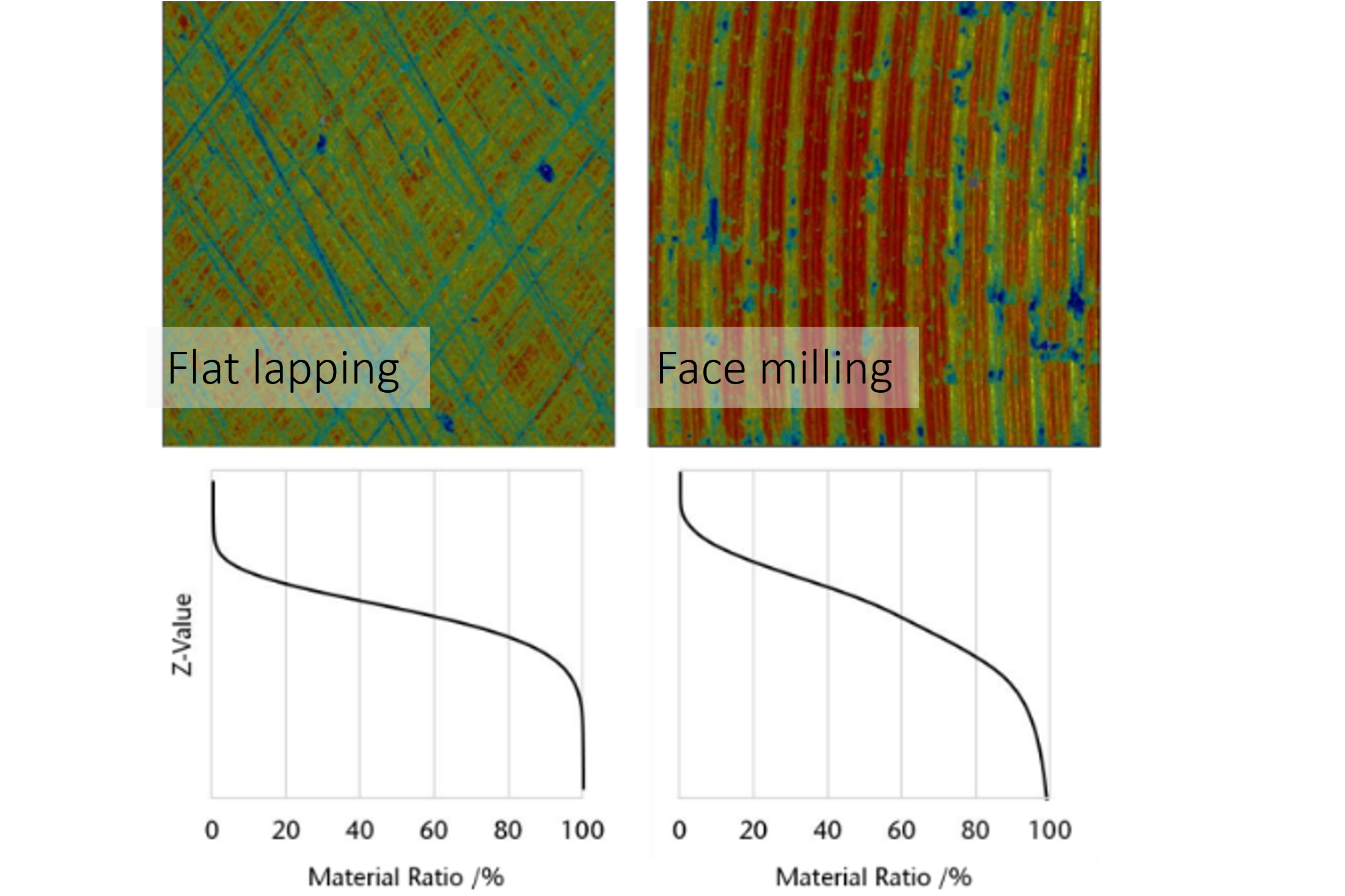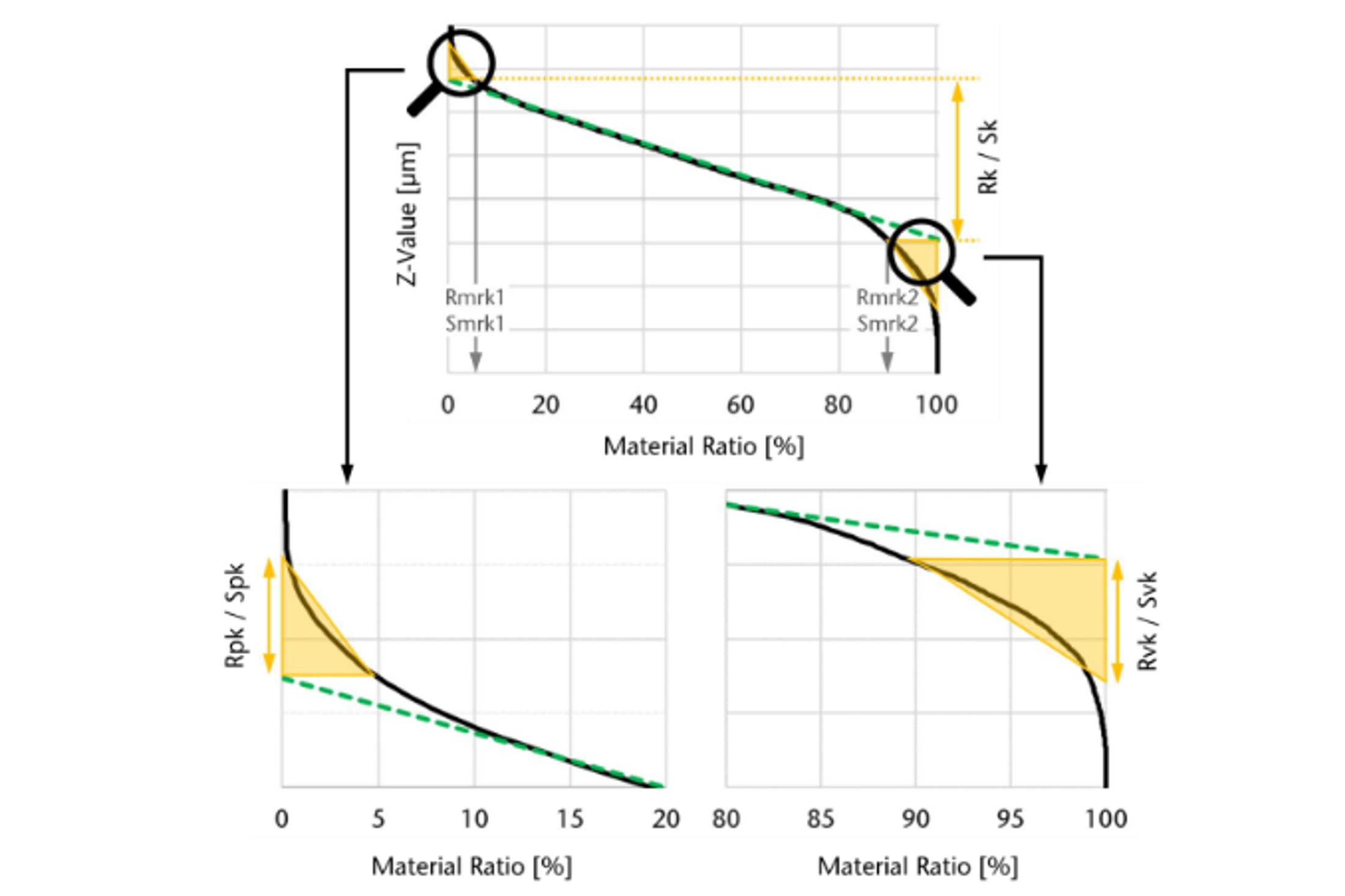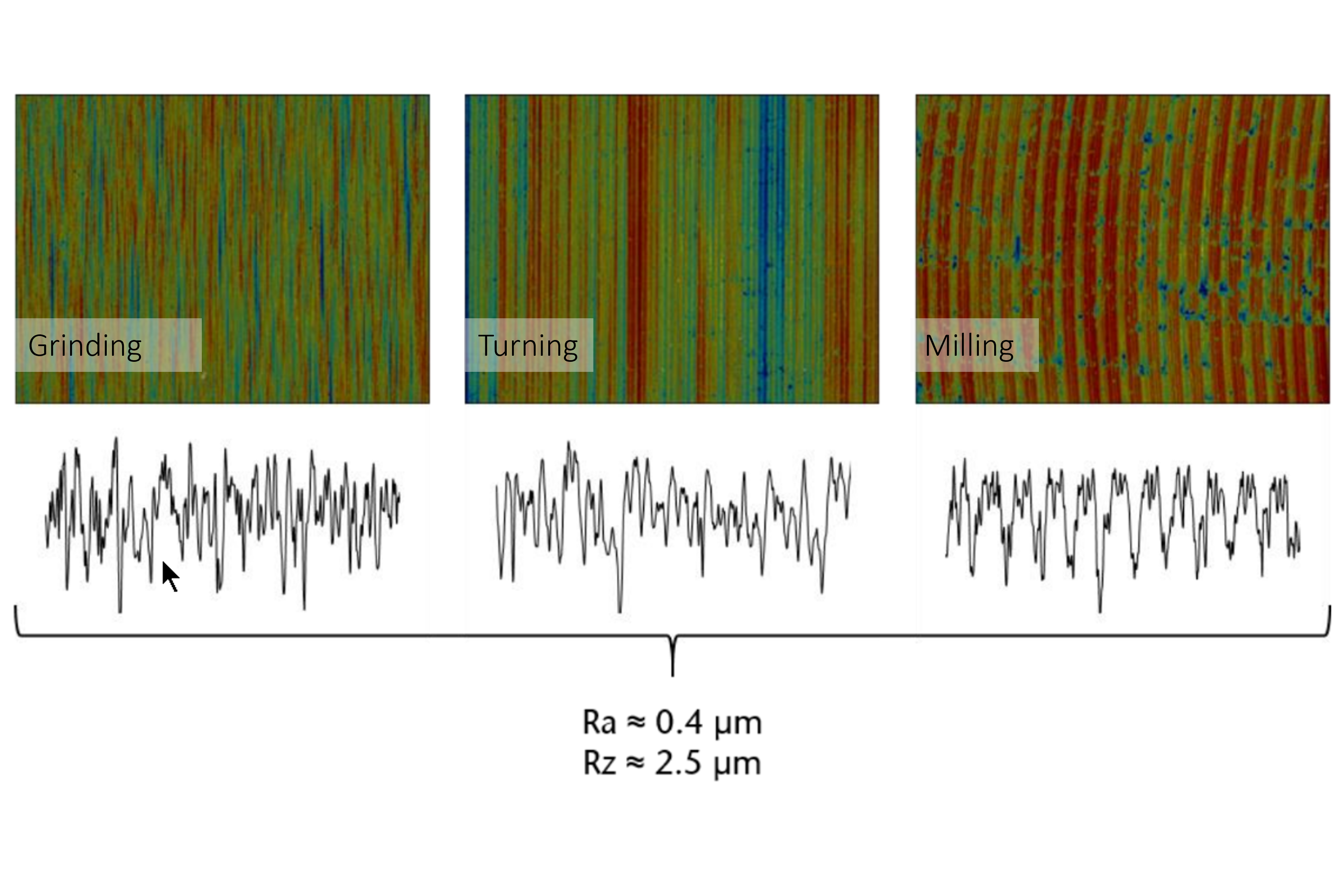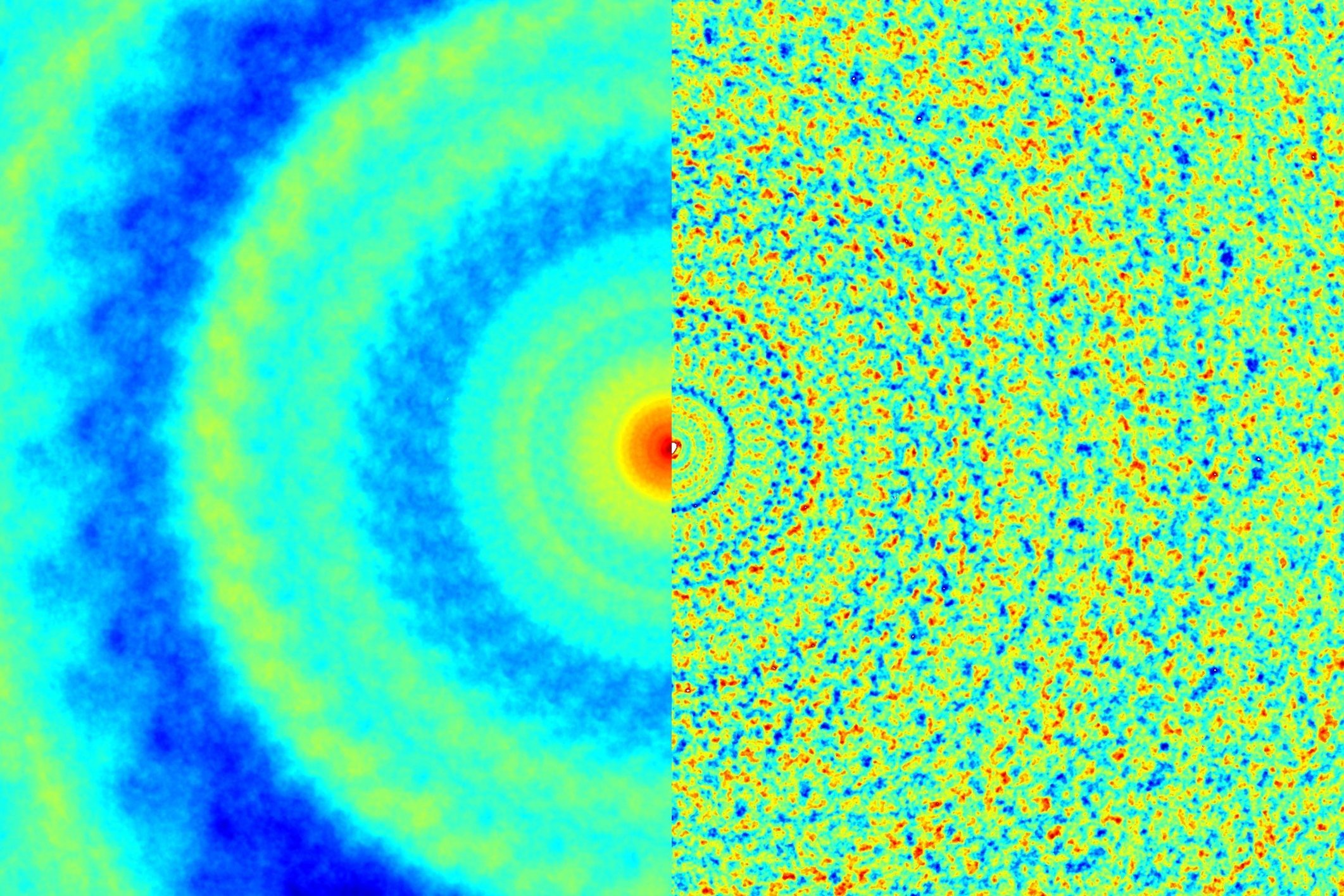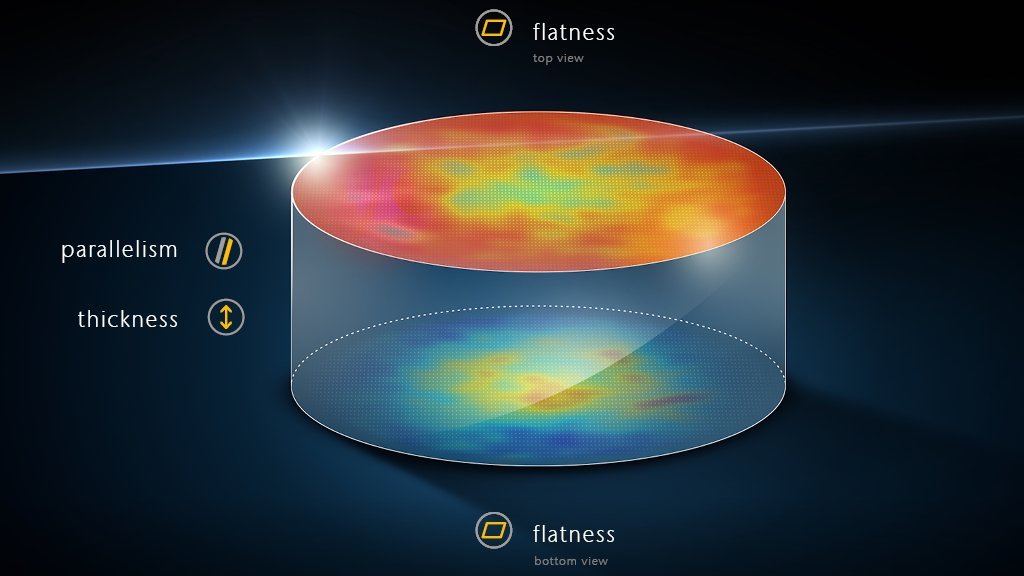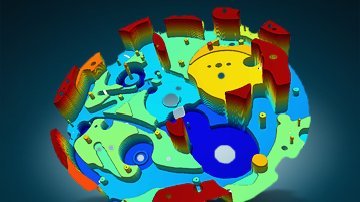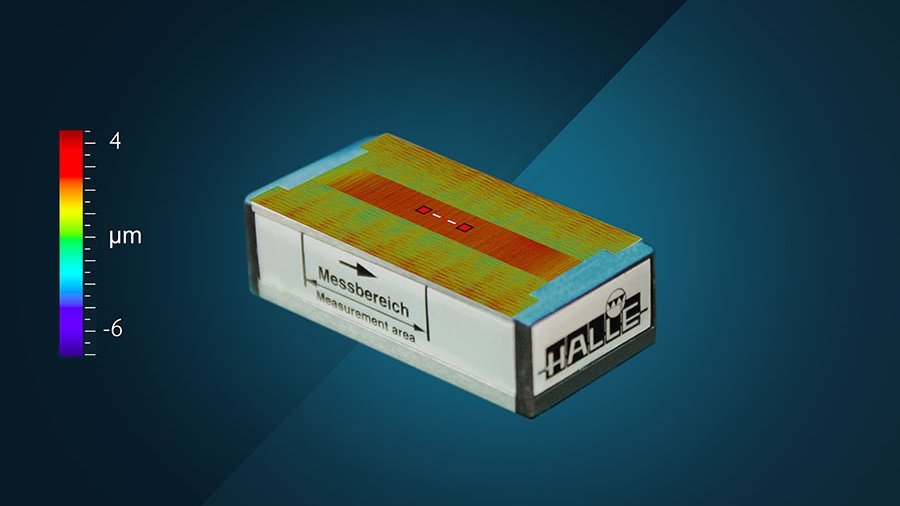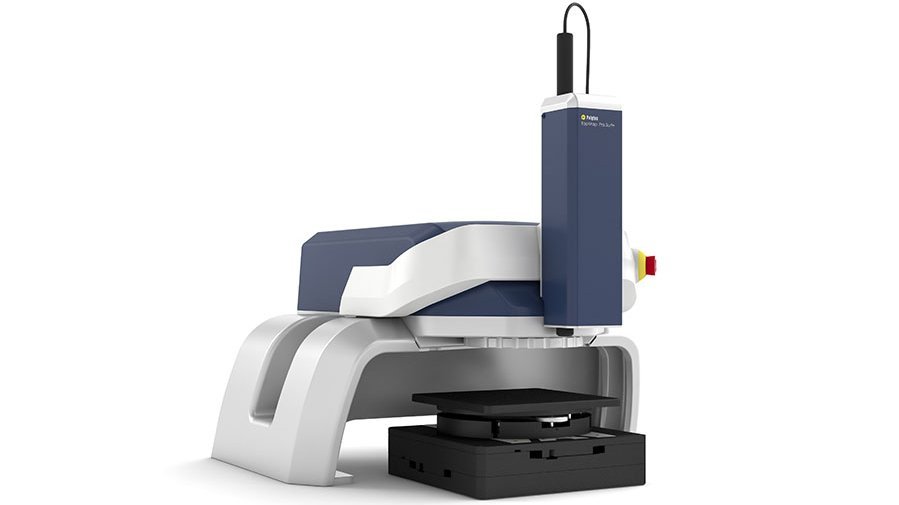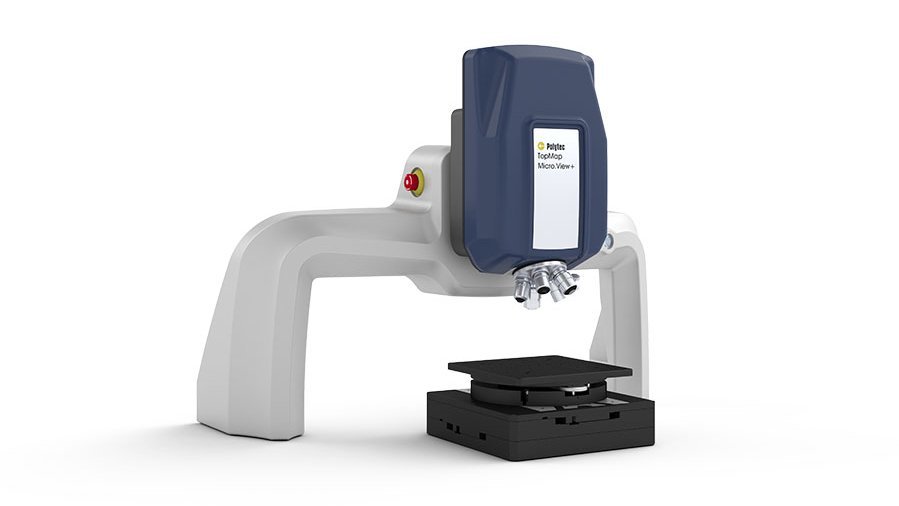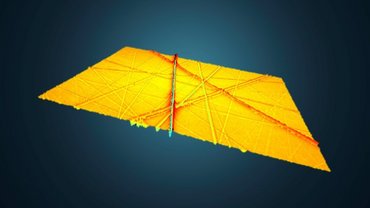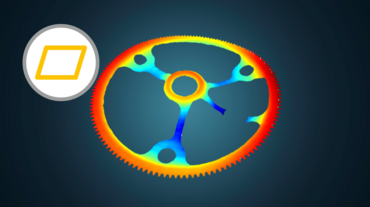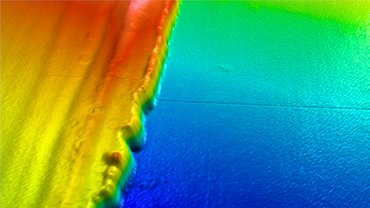Inspecting form & finish in Ultra Precision Machining
Ultra-precision machining as manufacturing process produces components with extremely tight tolerances, achieving a srface super finish, with form accuracies typically in the sub-µm range and roughness in the (sub)nanometer range. UPM surfaces deliver properties that actively contribute to high-precision motion, automatic assembly or service life. Ultra-precision machining involves dedicated machining technology and tools, including inspection and quality control systems for reaching the super fine texture/ finish.
The smaller the geometrical characteristics, the more challenging the inspection and processing. Optical surface metrology is steadily gaining importance for precision machining, diamond turning or single point diamond turning (SPDT). For face milling, grinding, lapping or polishing surfaces and ultra low roughness - inspect your results as machining feedback with Polytec whiltelight interferometers: either faster form measurements with large FOV, or more structural details with sub-nm resolution!
Highlights
- Inspect large area form with µm accuracy, analyze roughness with nm-resolution
- Fast and efficient areal measurements in production or inline
- Capture large UP machined surfaces with FOV up to 230x220 mm
- Large 70mm scan range reaches deep holes and recessed areas
- Automatic pattern recognition enable multi-sample measurements w/o mechanical fixture
- Smart Scanning Technology measures on all surfaces & materials (smooth & rough)
Capture areas with 230x220 mm extended field-of-view?
Resolve (sub) nanometer steps?
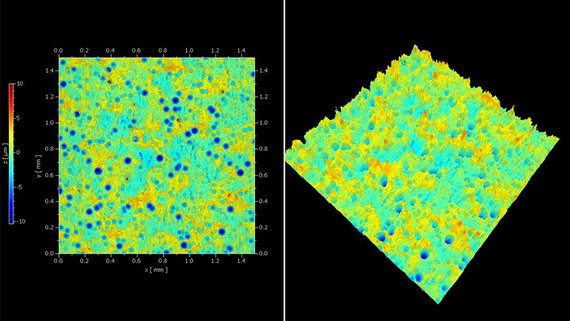
Tribology: Anticipating wear & tear
Optimize the mechanical loading capacity supported by precise surface characterization. Tribological system design requires very small surface parameter tolerances, while throughput must remain at a consistent and high level. To this end, TopMap white-light interferometers by Polytec offer non-contact tribology measurements with a high repetition rate to record the entire surface’s topography in a matter of seconds. Wear and tear studies are typical applications for TopMap surface metrology systems.
